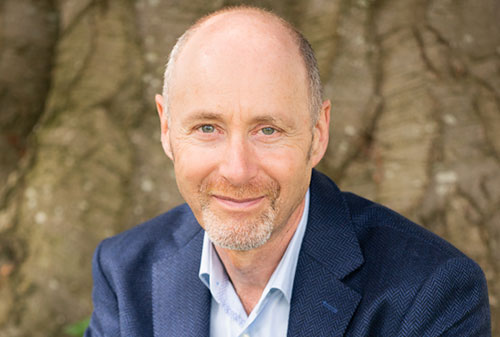
Everyone knows that building trust is at the core of successful financial planner and client relationships.
But where does real trust come from?
And how do you create absolute trust quickly and reliably?
Low trust creates a hidden tax
The late Stephen Covey wrote an insightful article titled ‘How the best leaders build trust’. He pointed to the fact that low trust places a hidden tax on every transaction, communication, interaction, and decision, bringing speed down and driving costs up. He said that significant distrust doubles the cost of doing business and triples the time it takes to get things done.
So, let’s look at trust in a little more depth and touch upon what it really takes to build absolute trust quickly.
Trust is not just about what you are doing
If you begin to explore the available material on building trust you will notice that it tends to approach it from the aspect of behaviour.
For example, in Covey’s article he mentions such things as keeping commitments, listening and transparency.
Whilst helpful this does not get to the core understanding of what really creates trust.
For instance, I expect that we have all had the experience of someone who seemed to be doing or saying all the right things and yet our intuition is telling us not to trust what we are seeing on the surface.
What communicates trust?
At the very core of what communicates trust, or not, is our state of mind.
If we, as the practitioner, are experiencing insecure, uncomfortable, or self-orientated thoughts and feelings then people will pick up on this at some level.
On the other hand, when you are calm, present, and clear minded this conveys to the other person that they can trust you.
A real world example of the relationship between state of mind and trust
I was working with an adviser who was struggling with his client acquisition process.
He would have a conversation with a potential client, and everything would go well. He would connect, listen, understand, and would see where he could really help them.
Yet as soon as the conversation moved onto fees the conversation would go downhill and the feeling in the meeting would become uncomfortable (because this is how he felt).
Inadvertently, he was inviting push-back (and this would be an example of the hidden tax that Stephen Covey talked about).
What makes a financial adviser trustworthy?
Ultimately, building trust is not an outer game of trying to do the right behaviour.
It is, first and foremost, an inner game built upon the quality of mind that you bring to the relationship.
When we are in a clear mind, free from the burden of our own perceived needs, we don’t have to try and ‘do’ trust because we ‘are’ trust. A client can instinctively feel this rather than having to try and decide whether they want to trust us or not.
In Jamie Smart’s book, ‘Results‘, he talks about ‘Zero-pressure persuasion’, and I love his direct approach. He says:
“I love having zero-pressure sales conversations, so I’ll sometimes ask a prospective client to help me out, saying, ‘I want us to have a zero-pressure conversation, so I need to ask you a favour: if you feel even an ounce of sales pressure while we’re talking, will you let me know?”
Understanding the role of thought
Thought is the architect of our experience. With a deeper understanding of how thought works we begin to know when to trust our thinking or not.
I have found this to be incredibly helpful.
If my feeling is ‘off’ (such feeling under pressure, tense, or anxious) it is not information about my circumstances. It is telling me that I have got lost in my thinking. As soon as I see this it brings me back into the present moment and clarity of mind.
PS. Do you want to know more? Watch this video on ‘Trust – what builds it and what destroys it?’


